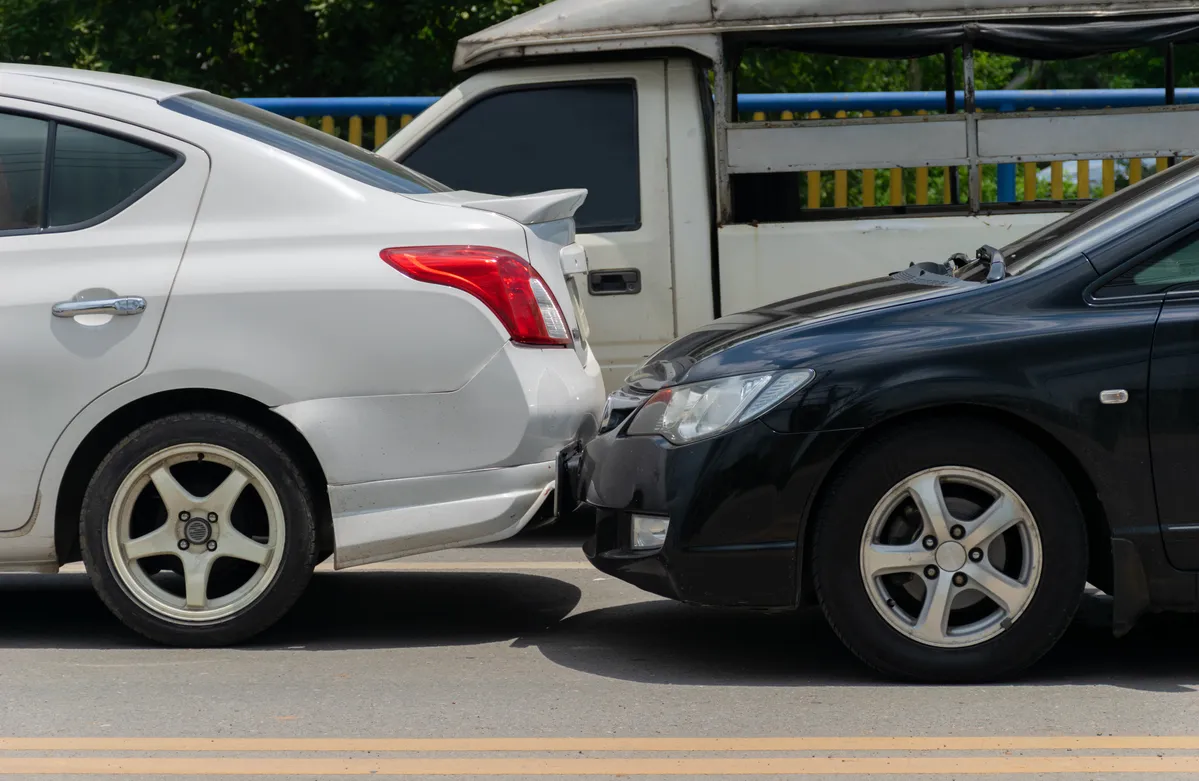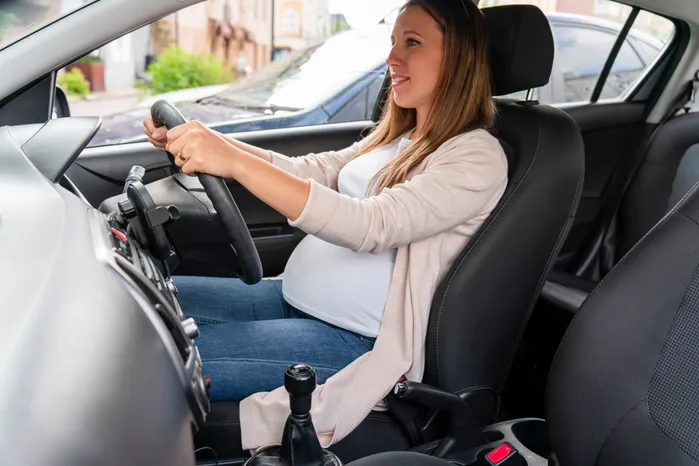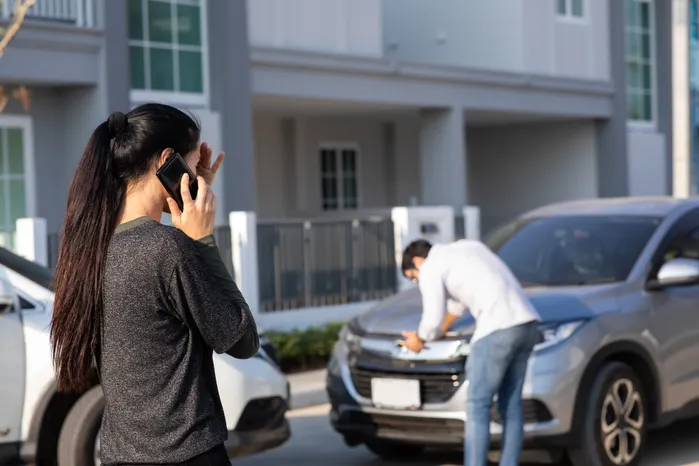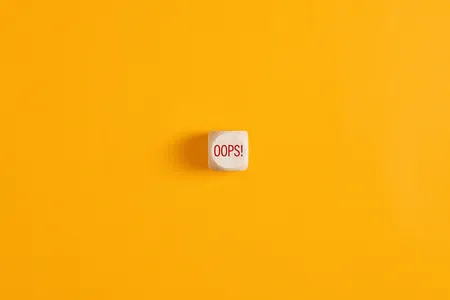6 min read time
Table of Contents

What Is a Rear-End Collision
A rear-end collision is one of the most common types of car accidents and occurs when the front of one vehicle hits the back of another.
Rear-end accidents often happen at stop lights, stop signs, or in heavy traffic and are typically caused by distracted driving, speeding, or brake checking.
Rear-end crashes can range from minor accidents to major high-impact crashes, resulting in significant property damages and serious injuries.
In Rear-End Accidents Whose at Fault?

In a rear-end collision, the trailing driver is usually at fault for the accident.
The rear driver is generally at fault for rear-end accidents because states such as Nevada have traffic laws like NRS 484B.127, which states that the trailing driver must maintain a safe following distance from the vehicle in front of it.
However, the trailing driver is not always at fault, and there are scenarios where the lead driver may be liable for the rear-end accident:
-
Sudden Reversal: If the lead vehicle suddenly reverses without cause or notifying the rear driver, the other driver may be at fault.
-
Faulty Brake Lights: If the lead vehicle’s brake lights are not working, the rear vehicle may not have enough time to stop safely, resulting in a rear-end car accident and making the lead driver liable.
-
Abrupt Lane Changes: If the leading car dangerously cuts in front of another vehicle and brakes, it may leave the rear driver with not enough distance to stop.
-
Stopping for No Reason: In following traffic, the leading vehicle stops suddenly, and the rear vehicle may not have enough space to stop, which could make the leading driver responsible for the crash.
Am I at Fault for a Rear-End Accident If the Lead Driver Slammed Their Brakes?
If the lead vehicle stops suddenly and you rear-end it, you can still be considered at fault for the accident because traffic laws require you to maintain a safe following distance as a trailing driver at all times.
Scenarios When the Rear Driver at Fault?
When a rear-end collision occurs, the at-fault driver is usually the trailing driver. A couple of situations where the rear driver is at fault in a rear-end car accident are:
-
Inadequate Following Distance: The most common reason rear-ending drivers are at fault is that they failed to maintain adequate space between themselves and the vehicle ahead.
-
Distracted Driving: If drivers are distracted with their phone, radio, or talking with passengers and rear-ended the lead vehicle, they will be at fault for the accident.
-
Speeding: Numerous car crashes are caused by speeding, and vehicle drivers who speed and get into rear-end collisions are usually at fault.
-
Poor Vehicle Maintenance: If the rear driver fails to maintain their vehicle's brakes and it prevents them from stopping in time, they will be liable for the collision.
-
Poor Weather and Road Conditions: In situations with adverse weather or poor road conditions, drivers are expected to lengthen their following distance and slow their speed; a driver who fails to do this could be at fault for any resulting motor vehicle accidents.
It's essential that if you rear-end someone, you do not immediately assume you are at fault. First, contact a car accident attorney who can help you better determine fault.
Why Is the Rear Driver Usually at Fault in a Rear-End Collision?
The rear driver is usually at fault for a rear-end accident, and not the other driver, because many jurisdictions have laws that require drivers to leave adequate space between themselves and other vehicles.
In addition, trailing drivers who don't maintain a safe following distance are often seen under the assumption of risk, which makes them more likely to be liable for the accident.
Also, establishing fault against the trailing driver tends to be easier, cheaper, and quicker than proving the lead driver's fault. Because of this fact, the rear driver may have trouble finding a reliable car accident lawyer.
When Is the Lead Driver Ever at Fault for a Rear-End Accident?

In rear-end car accidents, the trailing driver is usually at fault; however, there are situations where the lead driver can be partially or fully at fault.
Common examples where the lead vehicle is at fault are:
-
Sudden Reverse: If the lead driver reverses their vehicle and hits the driver behind them, they could be held responsible for the accident.
-
Broken Brake Lights: If the leading driver's vehicle has broken brake lights, and the rear vehicle hits them, the lead driver will be found at fault for not properly maintaining their vehicle.
-
Sudden Stops: If the lead driver suddenly stops, the fault can either go to the rear or the lead driver, depending on the circumstances.
-
Unsafe Lane Changes: The lead vehicle could be at fault in a rear-end collision if they abruptly change into the lanes without providing space for the car behind them.
-
Brake Checking: If the lead driver engages in the road rage technique of brake checking and is rear-ended, they will be at fault for the accident.
Who Is at Fault in a Rear-End Collision Involving 3 Cars
Rear-end collisions involving 3 vehicles determining liability can be significantly more complex than rear-end collisions with 2 cars.
Three-vehicle rear-end collisions usually occur because of a chain reaction: the first car stops or slows down, the second car can’t stop and hits the first car, and the third car hits the second.
Why The Third Car Is Primarily At Fault
The third car usually shares the most fault in a three-vehicle rear-end collision.
This is based on the principle that the third driver should have maintained a safe speed and distance to allow them enough time and space to stop and avoid an accident, even if the vehicle in front of them suddenly stopped.
The Second Car's Fault Percent
If the second driver violated the safe distance law and followed the first car too closely, they could share as much fault for a rear-end collision as the third driver.
Usually, the circumstances surrounding the crash will determine if the third or second driver share is more at fault.
The First Car Will Usually Share The Least Fault
The first driver in a three-vehicle rear-end accident will usually share no or little fault in the crash unless they suddenly braked, had broken tail lights, or made a dangerous maneuver.
Determining Fault in a Rear-End Crash
Determining fault in car accidents, including rear-end accidents, involves several factors and skills. It is important to accurately determine which driver did what and whether it led to the accident.
Here’s how fault is determined in these types of accidents:
Understanding Traffic Laws: To determine fault, you must deeply understand the state's traffic laws to point out any traffic rules any driver broke, such as not maintaining a safe following distance.
Obtaining Physical Evidence: Photographs, skid marks, debris, and vehicle damage can be used to prove fault in the accident and assist the accident reconstruction specialist in reconstructing it.
Utilizing the Police Report: The police report will be vital in proving fault as an unbiased opinion from the on-scene officer can be used in negotiation and court.
Using Witness Statements: Anybody who may have witnessed the accident can help you determine fault by giving their statements, which can be used as evidence.
Presenting Passenger Statements: If you were driving with a passenger at the time, you can request that they provide their thoughts and views on the accident.
Talk with a Nevada Car Accident Attorney Today
If you were involved in a Las Vegas rear-end collision and seek maximum compensation, contact the experienced car accident lawyers at Rodney Okano Car Accident Lawyer today.
With over 20+ years of experience and millions of recovered for accident victims, our firm will fight for your rights, battle the insurance company, and obtain the compensation you deserve.
Talk with a Las Vegas car accident lawyer today by calling (702) 566-3600 or submitting a message.
Obtain the Compensation You're Entitled To
Contact Us Today
Rodney Okano Car Accident Lawyer is a Las Vegas personal injury law firm with over 20 years of experience helping clients obtain maximum compensation following injuries from accidents such as car crashes, worksite injuries, and slips and falls. Over those years, The Rodney Okano Car Accident Lawyer Law Firm has become an experienced law firm that can ensure exceptional results for any of its clients.





